Like the New York Central Hudson steamer, the hobby will most certainly see a continuous line of new O gauge GG1s on hobbyshop shelves for years and years to come.
Just what does the MTH scale-sized version of this landmark locomotive bring to the mix? A very satisfying operating experience and more.
The model
First off, this is a large and heavy die-cast metal locomotive. Coupler-to-coupler, the MTH Premier line GG1 measures 79 scale feet long (193/4 inches). The prototype’s overall length is 79 feet, 6 inches. Weight-wise, the model tips the scales at a healthy 8 pounds, 2 ounces.
The tooling is first-rate, and the model reflects the smooth, clean lines of the welded-together prototype. There are no unsightly rivets on the shell of this baby. You may find yourself lovingly running the tips of your fingers over the die-cast metal shell just to feel the clean casting.
The die-cast metal pilots on each end feature cast-in rivet detail, a simulated uncoupler arm, a brake line, and multiple-unit (m.u.) plug receptacles.
You’ll also find m.u. lines above the pilot (on the shell) that appear to have been tied off.
There is a non-functional crew access hatch on each end, carried one step further toward realism with distinct handrails and O scale safety cords (miniature springs).
Just beneath the headlight is the proud, red Pennsy keystone bearing the locomotive number “4928.”
Above the curved nose is an opening hatch with a see-through screen. You’ll also find add-on horns with add-on air lines just behind the pantographs.
On the engineer’s side (right side) of the locomotive at either end are etched-metal screens. On both sides of the cab are two more see-through screens next to the doors. Speaking of the cab doors, all four are functional and have wire grab irons and add-on steps.
There are add-on wiper arms on the windshields, and the side windows have safety bars. The safety bars were added by the Pennsy to try to protect train crews from flying rocks and debris.
The pantographs look superb, and they raise and lower mechanically in both conventional- and command-control modes (read on for more about the pantographs).
There are add-on lift rings and a short stack for a steam generator on the roof of the locomotive. Marker lights are positioned on all four corners, and the LEDs turn from red to green depending on the movement of the locomotive.
Our sample was painted Brunswick green with a single gold stripe, and the Pennsylvania’s keystone with interlocking PRR never looked better. Paint application was smooth, and lettering was clean and crisp.
On the test track
In conventional-control mode, our sample GG1 recorded a low-speed average of 3.9 scale mph, while the high-speed average was 78.2 scale mph. In the command-control mode, the low-speed average dropped to 2.1 scale mph.
The 8-pound, 2-ounce locomotive delivered 3 pounds 9 ounces of drawbar pull, among the highest we’ve tested.
Now I’ll be the first one to admit that I was skeptical about this GG1’s spotlight feature: motorized pantographs. But after seeing them in action, I’m a convert. This is pretty neat visual effect.
Operation of the pantographs couldn’t be easier. According to generally accepted railroad practice, the rear pantograph is raised when the locomotive travels forward. (Why the rear? If the front pantograph snagged on catenary, it might fly back and damage the rear pantograph, stranding the locomotive.)
The model’s pantographs follow the same procedure. When the GG1 is powered up in conventional-control mode, the rear pantograph will automatically rise in anticipation of moving forward. When you change the model’s direction, the lowered pantograph rises and the erected pantograph, now at the front of the locomotive, lowers. Pretty slick.
In command-control mode, simply initiate the startup procedure and it will function the same way. You also have the ability to raise and lower pantographs at will using MTH’s DCS controller.
Lastly, you can lock down the pantographs if they won’t clear tunnel portals and bridge openings on your layout.
The design of the pantograph mechanism is simplicity itself. Small tabs at the bottom of the pantographs fit into sliding blocks within a slot just beneath the surface of the body shell. As the motorized blocks move together and apart, the spring-loaded pantograph moves up and down. Think of how the scissors jack in the trunk of your car works and you’ll get the idea.
If your pantograph becomes dislodged, don’t bug your dealer, because this is an at-home repair. All you need to do is reinsert the tabs into the sliding blocks. Depending at what point the power was last cut, the sliding blocks may be too close together to correctly insert the tabs.
If so, operate the GG1 to a point where the tabs move apart then reinsert the pantograph.
If you are one of that hardy breed of operators who sends juice through your catenary system, you’ll find a switch inside the GG1 shell that diverts power from the center-rail pickup rollers to the pantographs.
One click and you can feed power to your motors via overhead wire!
While not as sexy as the operating pantographs, one of the neatest things I’ve ever seen on an O gauge locomotive took place when our sample GG1 was just sitting on a powered track section ready to be photographed.
A compressor sound kicked on and then made a bleed-off sound. The smoke unit kicked out one strong, short burst to simulate the steam generator bleeding off. It was really neat to watch.
The locomotive’s undercarriage offers exceptional dexterity, with the four-wheel pilot trucks and each eight-wheel driver set pivoting, thus enabling the locomotive to handle curves as tight as O-54. Let me add, however, that just because this baby can do O-54 curves doesn’t mean it should – there is a bit of scenery-destroying overhang.
The GG1’s sound system is what it is – that of an electric locomotive which, of course, means it is about as exciting as listening to the office copier run.
In command-control mode there are assorted sounds and crew conversations, as well as the aforementioned compressor sounds. Compared to a steam locomotive whistle, the GG1 horn sounds a bit unexciting, but that is the nature of the beast.
The MTH GG1 is a fun locomotive to operate. It delivers slow speeds – as low as you could want – while being capable of generating a ton of motion when highballing a freight train.
I’m not sure how much of an impact the operating pantographs will have, since most O gaugers don’t have catenary on their layouts, but it is a nice visual feature, even if your gear is reaching upward to nothing but blue skies.





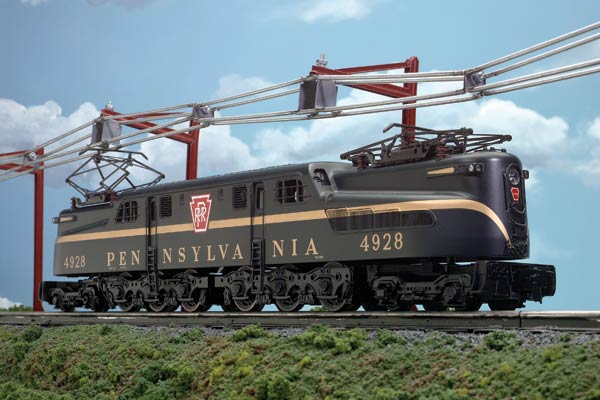

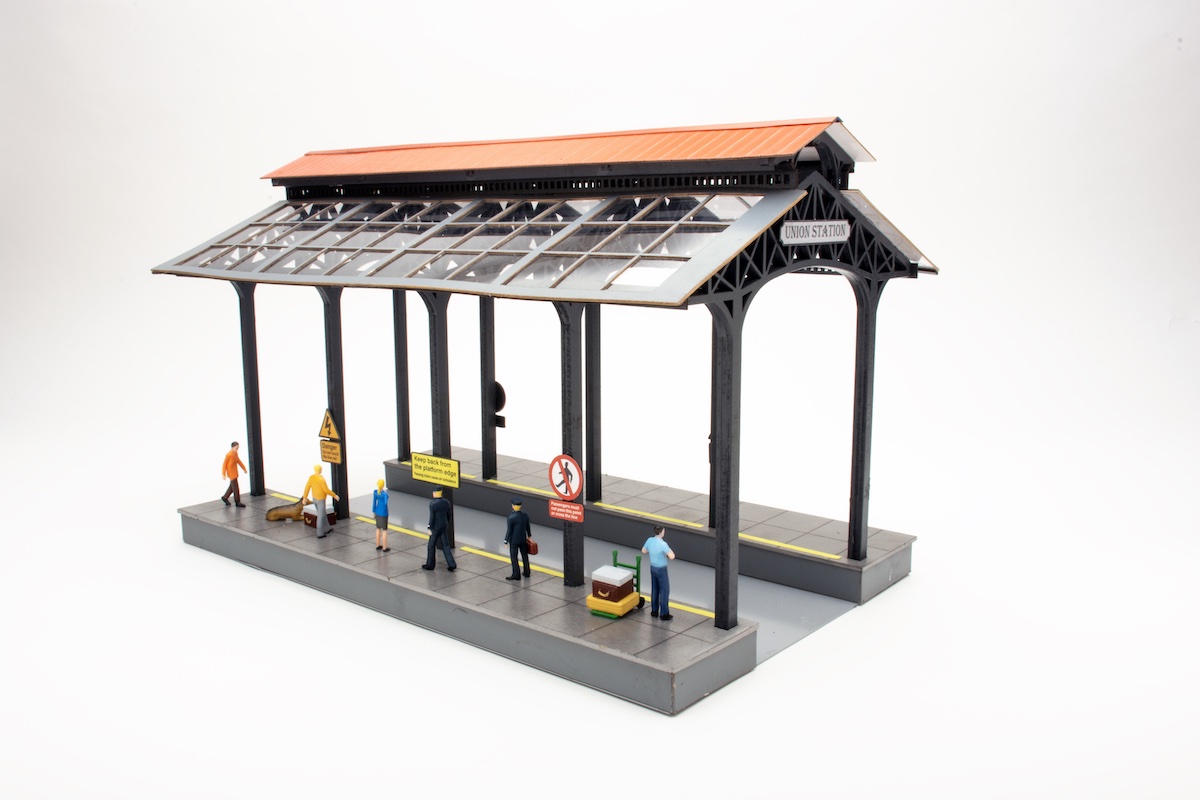
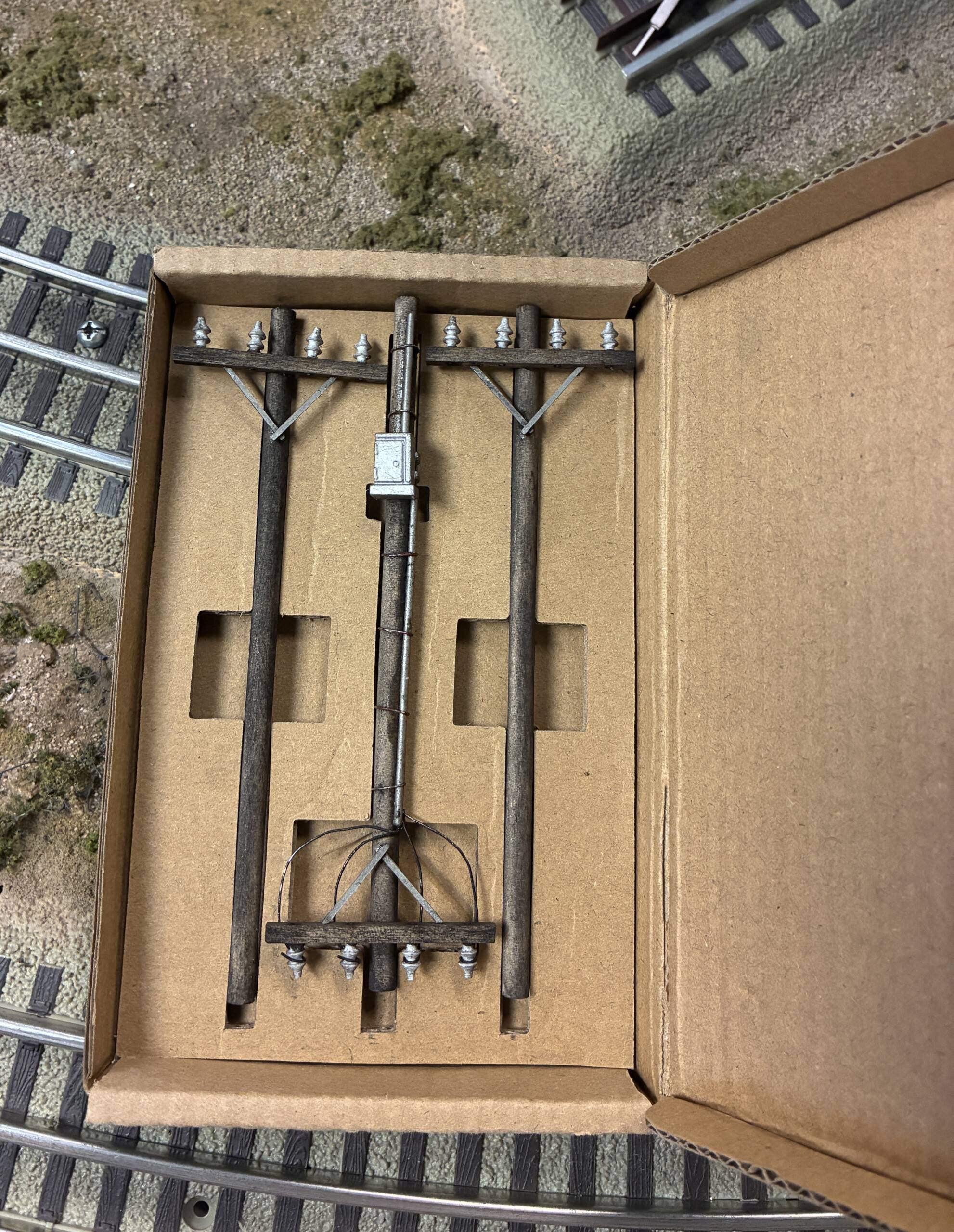
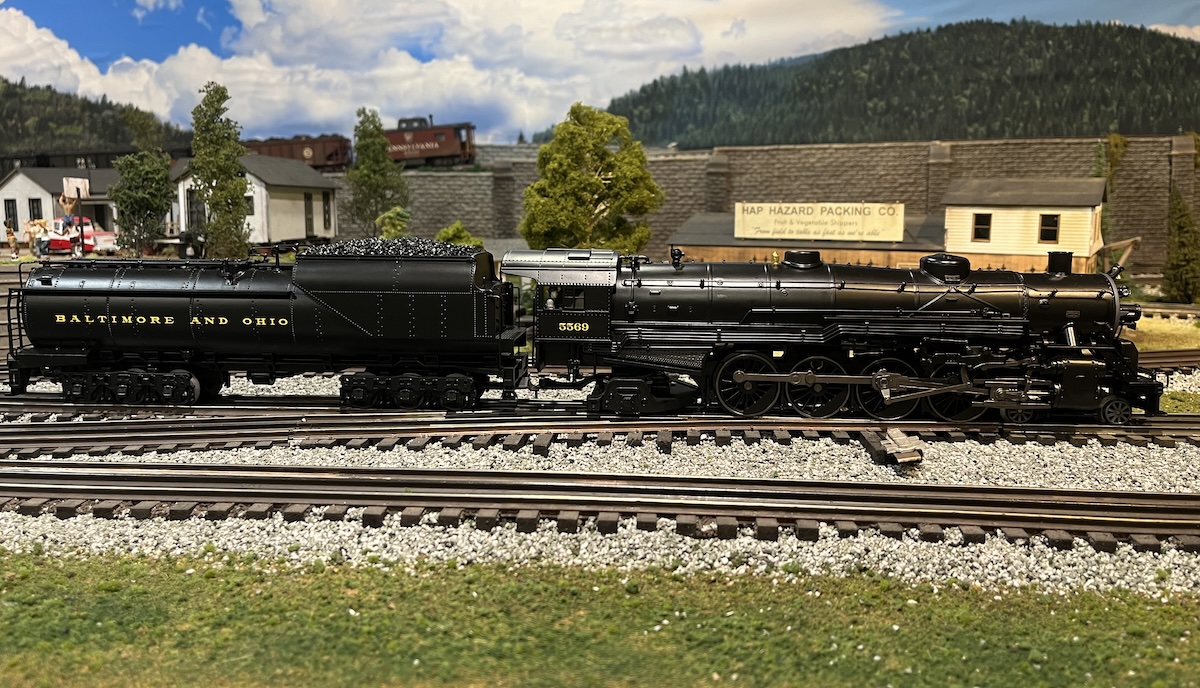
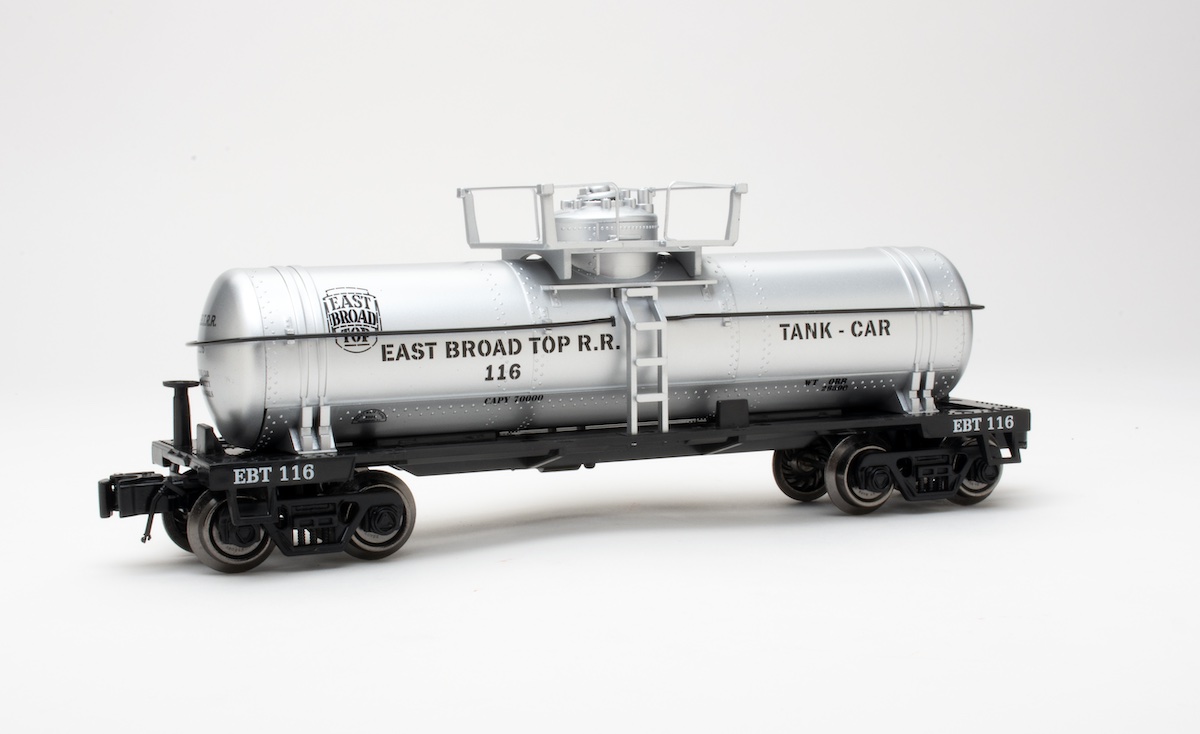




What an awsome loco ! I 've had mine about a year and never been disappointed in the operation or effects.
I,ve always been a fan of electrics .. This is a terrific engine .. It runs great , looks awsome ..
I will purchase my first GG-1 after reading this article and getting a positive feedback.